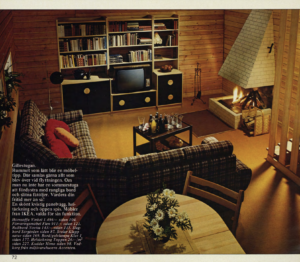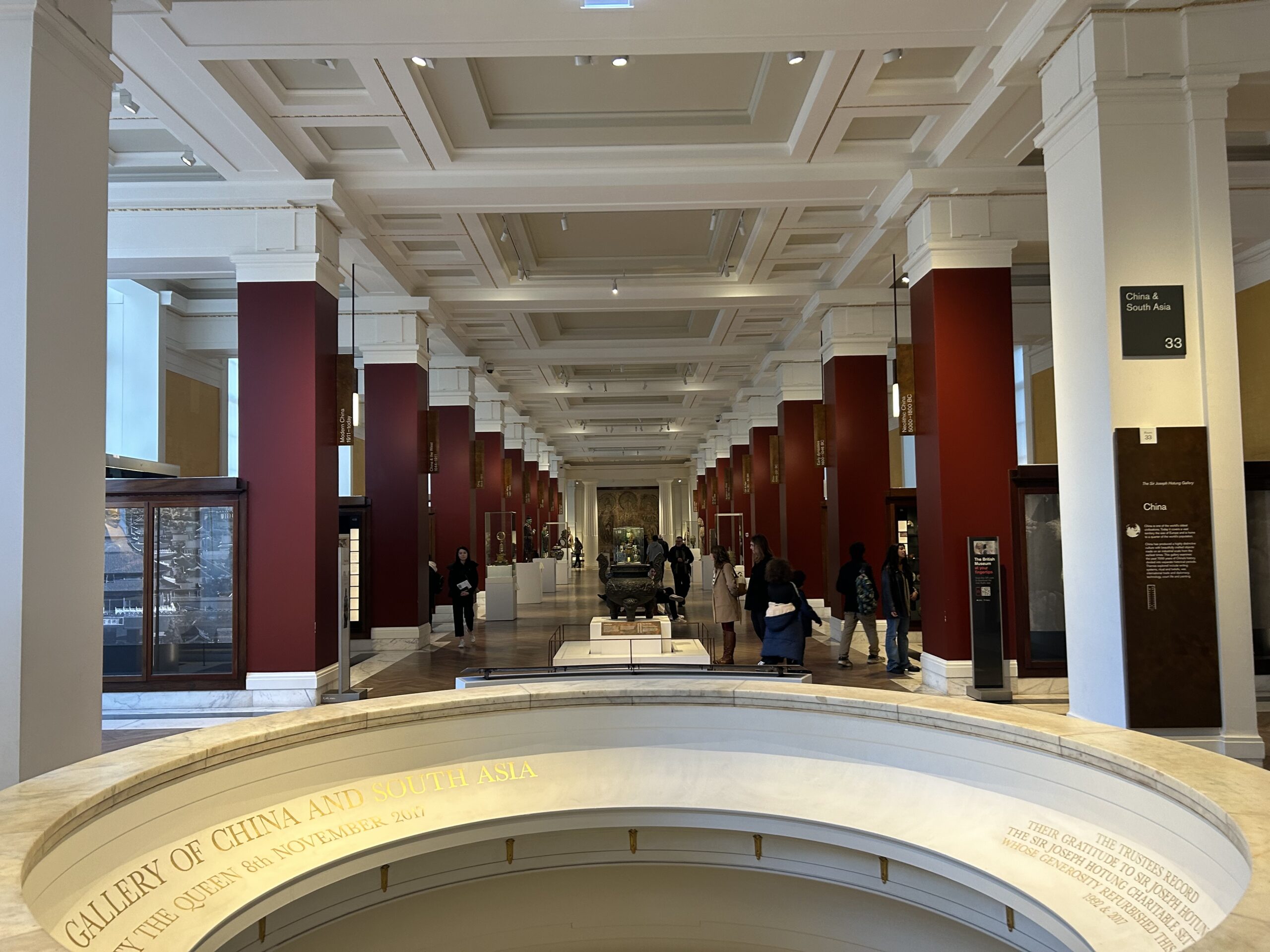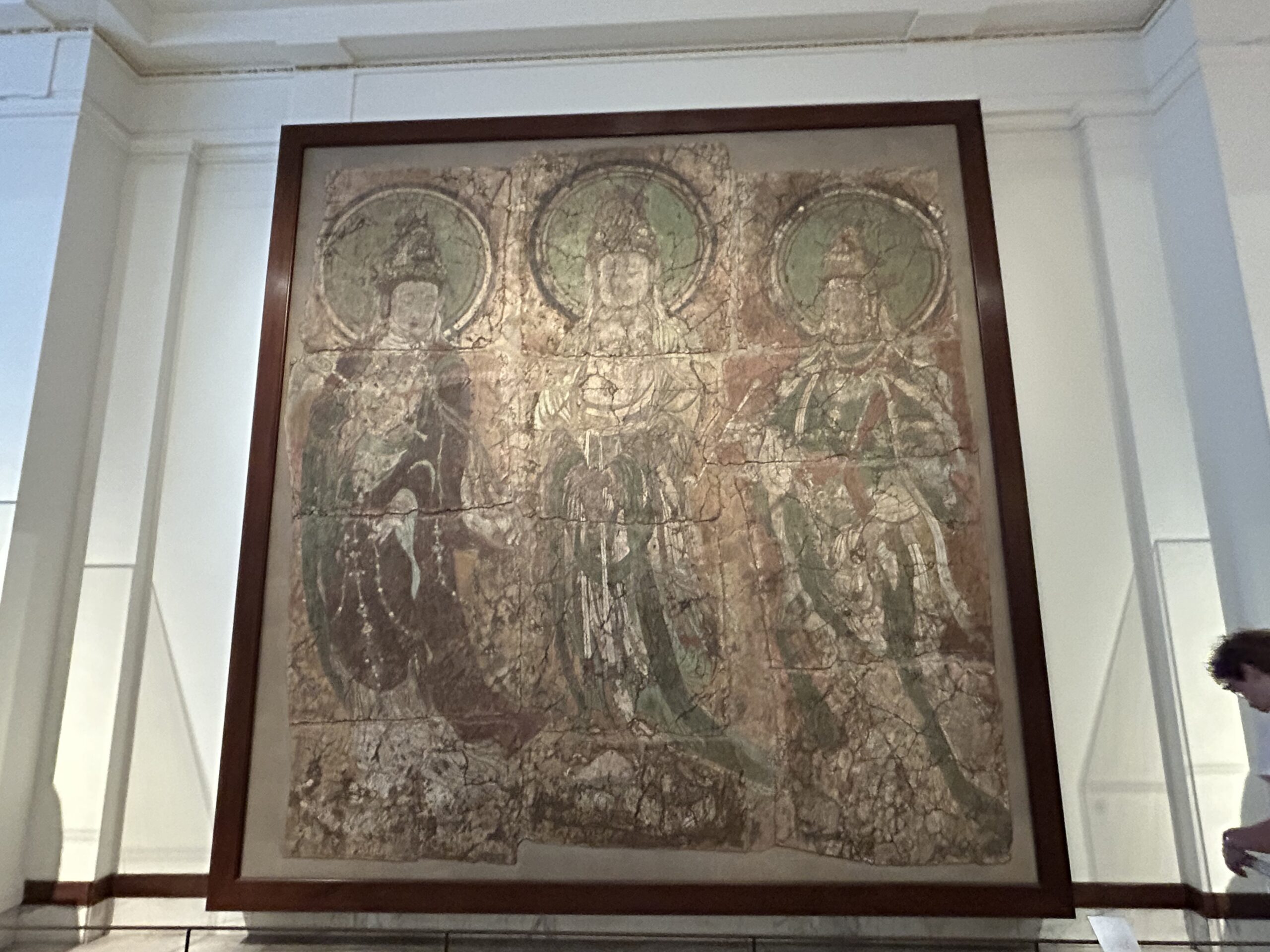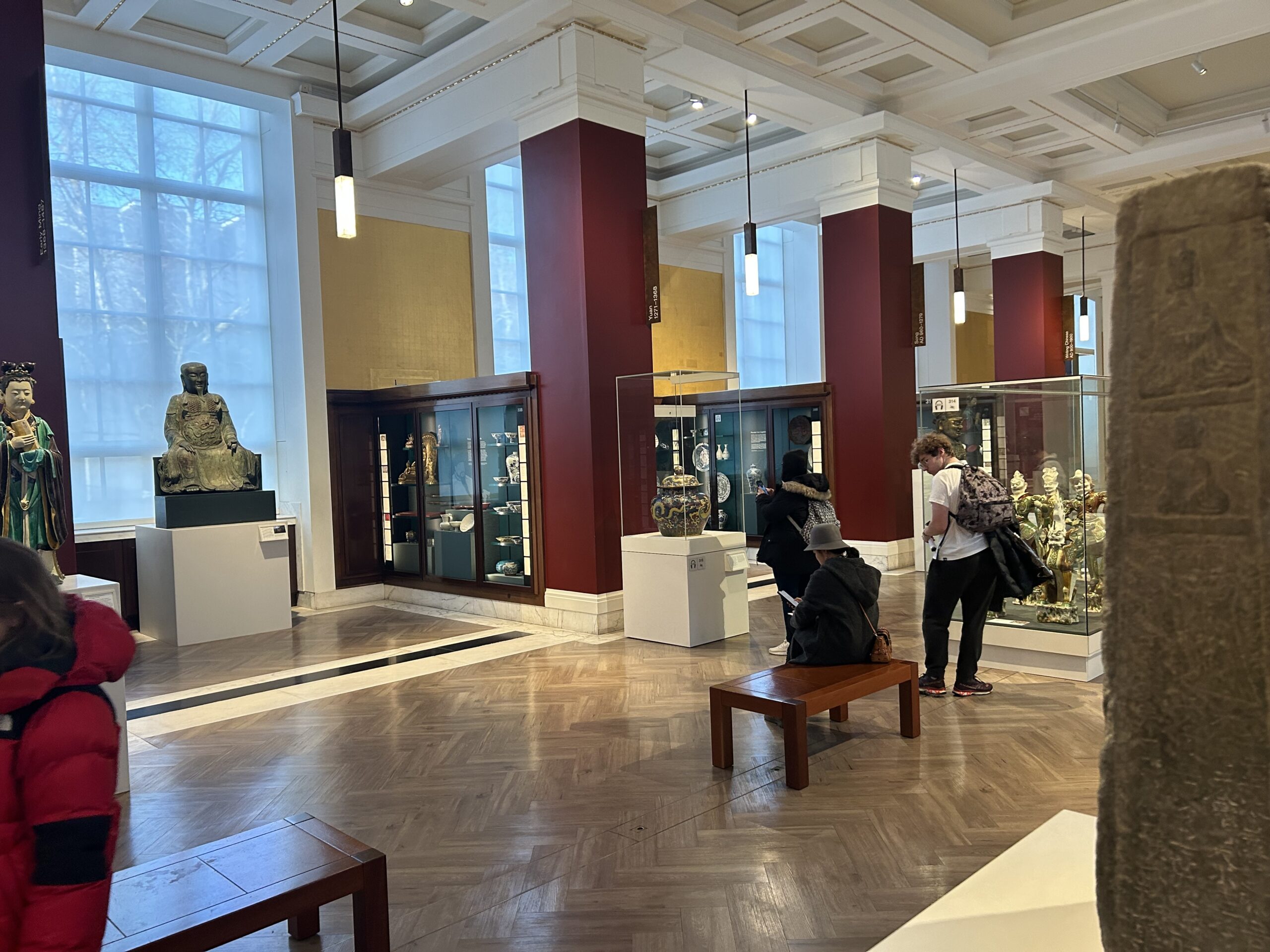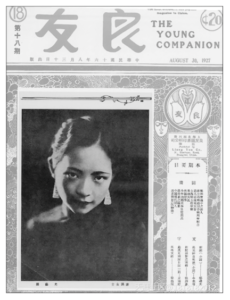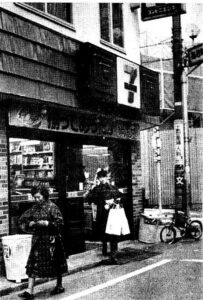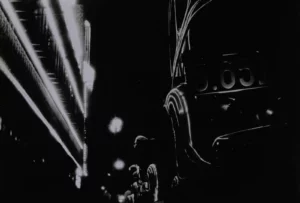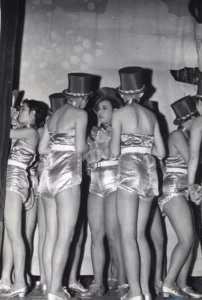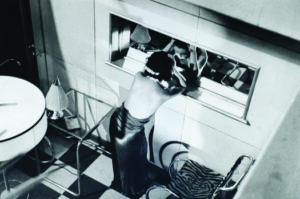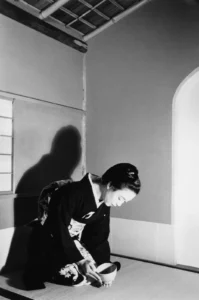Andrew Gordon’s monograph: Fabricating Consumers: The Sewing Machine in Modern Japan covers the introduction of Western-style sewing machines into Japan, in first half of the twentieth century. Within the book, Gordon uses two figures to display how the sewing machine company Singer advertised its products towards a Japanese audience (Gordon, 2011, p. 63).
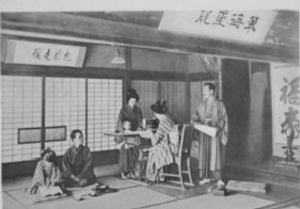
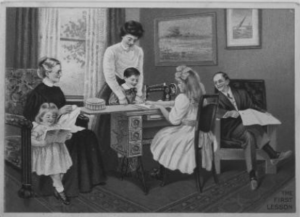
The first image shows a traditional Japanese extended family, within a traditional room, crowding round a modern sewing machine. However, the second image displays a similar size family, taking similar positions around an identical sewing machine in an American-style room. Gordon uses these two images to make two arguments. The first is that “Singer… marketed the machine in Japan, as elsewhere, as an emblem of modernity in two senses: that of rational investment on the one hand, and of freedom, style and the pursuit of Western-linked pleasure on the other” (Gordon, 2011, p. 62) . The second argument Gordon offers is that Singer used this “iconographic translation” to appeal to the same demographics as they had in America – a middle-class family, anxious to embrace modernity but still being susceptible to ideas of traditional values when shown within advertisements like this. However, the two advertisements also display a phenomenon visible in East Asian nations at this time, where culture and ideas of modernity were becoming more transnational in nature, specifically oriented to the West.
During the interwar period, debates on modernity in Japan became linked to the positives and negatives surrounding perceptions of the West. On the one hand, modernity inspired by the West often promised increased affluence and liberation, as shown through rapid economic growth and the rise of department stores, where a vast array of items could be purchased at once. However, the growth of modern spaces in Japan was also linked to fears of moral degradation, and the loss of traditional culture (Tipton, 2013). The image of the ‘modern girl’, sporting a Western-style outfit and with hair cut short, represented both the liberation and loss associated with modernity in Japan. As such, while members of the Japanese middle-classes held many aspirational feelings towards items of modernity, they also experienced fear at the rapid pace of change which items such as sewing machines – which struggled to work on Japanese clothing – represented.
This Singer ad shows a potential way to navigate a Western country through this debate, while ensuring that their products still sold well in a Japanese market. The family itself is inspired by modern ideas, as shown by the original source picture the Japanese ad was based on. However, by emphatically placing the sewing machine within a traditional background, Singer attempted to market their product as a symbol of all of modernity’s virtues, with none of the vices which had become the centre of debate. Other companies also mixed Western and traditional symbols to expand their markets. Mitsukoshi, a Japanese department store, advertised many cosmetic products using Western styles and symbols in its journals, which also promoted Japanese culture, and worked closely with the government in its coverage of the colonial developments of the 1930s. Overall, Singer’s sewing machine, like many artefacts symbolising modernity, marketed themselves to East Asian audiences as representing smaller cultural and technological steps than they perhaps did. This helped to avoid such items being tied to ideas of degeneracy or a loss of traditional values, making them more marketable in the inter-war period.
Sources
Gordon, Andrew, Fabricating Consumers: The Sewing Machine in Modern Japan (2011, Berkeley).
Mitsukoshi: Opening Up, in Ambaras, David and McDonald, Kate, Bodies and Structures 2.0: Deep-Mapping Modern East Asian History. Available at: https://bodiesandstructures.org/bodies-and-structures-2/mitsukoshi-opening-up?path=in-the-pages-of-mitsukoshi [Accessed 20/02/2023].
Tipton, Elise, ‘Moving Up and Out’ in Freedman, Alisa, et al., Modern Girls on the Go: Gender, Mobility, and Labour in Japan, (2013, Stanford), pp. 21-40.
